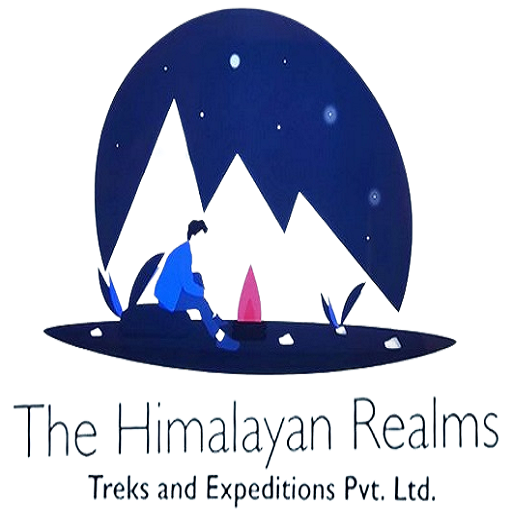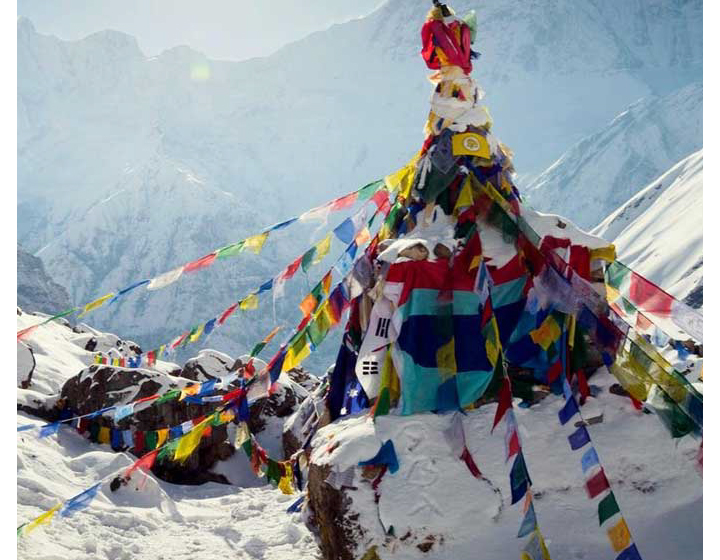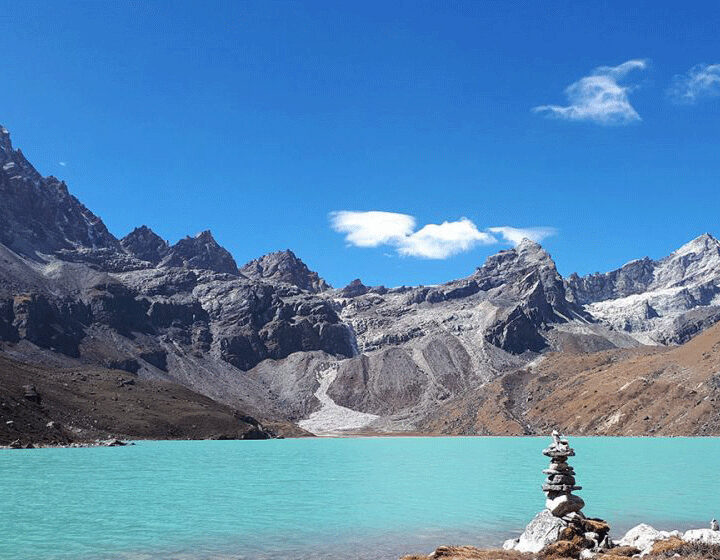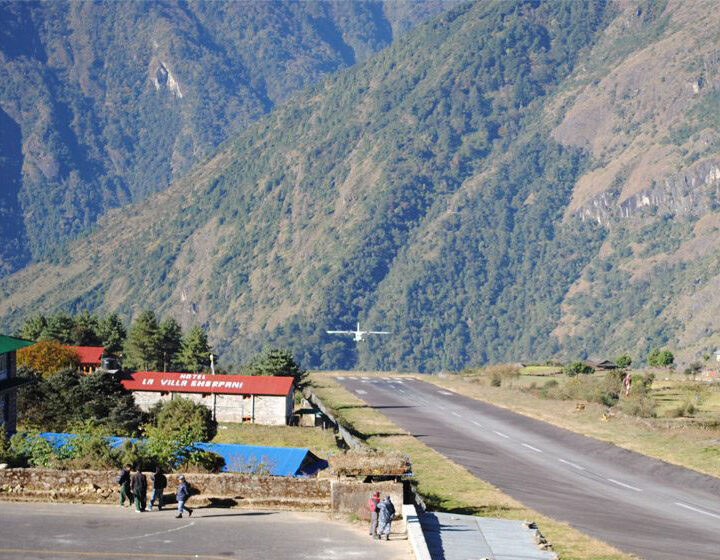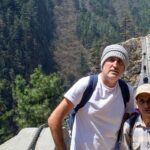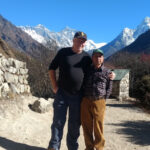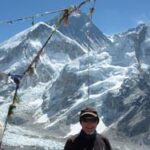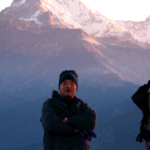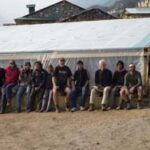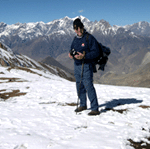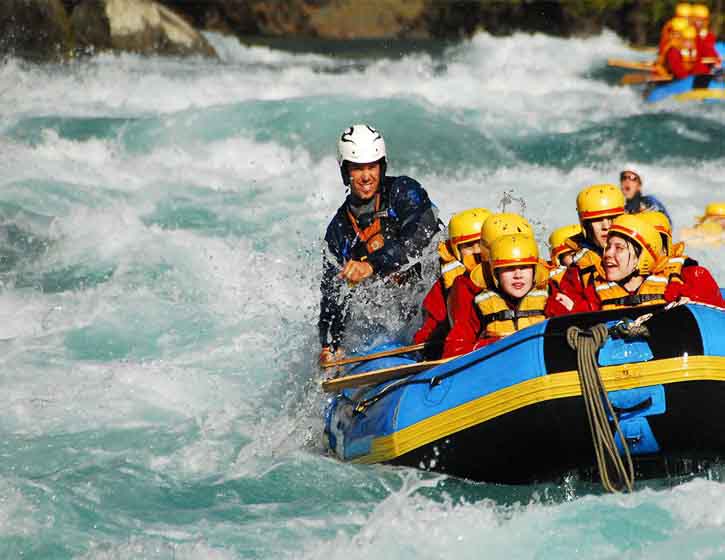
Trip overview

Overview: Trishuli River Rafting 3-days
Introduction
Trishuli River Rafting is one of Nepal’s most accessible and thrilling white-water adventures, offering a perfect blend of scenic beauty, exciting rapids, and cultural encounters. Located just a few hours’ drive from Kathmandu, Pokhara, and Chitwan, this river makes an ideal day or overnight trip for those looking to experience rafting in Nepal without venturing into remote regions.
Whether you’re a first-time rafter or a seasoned paddler, the rafting trip on the Trishuli River delivers adrenaline-pumping rapids, relaxing calm sections, and a front-row seat to rural Nepali life. From monsoon-fed torrents to serene emerald pools, the Trishuli River truly represents the spirit of Nepal’s diverse natural landscape.
Rafting Experience on the Trishuli
A typical Trishuli River Rafting journey begins from Charaudi or Baireni and can end at Kurintar or Gaighat, depending on the duration and water level. The rafting stretches usually range from 20 km to 60 km. This section of the river is filled with class II to class III+ rapids, making it perfect for beginners, families, and adventurous travelers alike.
The rafting experience begins with a safety briefing conducted by certified river guides. Equipped with life jackets, helmets, and paddles, rafters quickly learn the importance of teamwork and coordination. Some of the famous rapids encountered during this Trishuli white-water adventure include Ladies’ Delight, Upset, Surprise, and Monsoon Rapid.
Unlike more extreme rivers like the Bhote Koshi, rafting in Trishuli is manageable yet still delivers heart-pounding excitement. For those seeking a more challenging experience, the monsoon season (June to September) transforms the river into a wild ride, intensifying both the thrill and the beauty.
Natural Beauty and Landscape
The Trishuli River meanders through scenic gorges, green hills, and terraced farmlands, offering spectacular views throughout the rafting route. Towering cliffs flank sections of the river, and occasional waterfalls plunge into the current from forested slopes.
One of the most visually captivating aspects of rafting in Trishuli is the contrast between the tranquil stretches and the roaring white water. The calm intervals allow rafters to soak in the serene countryside, lush vegetation, and colorful riverbanks, often adorned with villagers fishing, washing clothes, or herding livestock.
As the raft flows downstream, panoramic views of the Ganesh Himal and Manaslu ranges appear in the distance, adding a majestic Himalayan backdrop to the journey. Whether during sunrise or sunset, the Trishuli rafting trip showcases Nepal’s geographic diversity in a compact, accessible setting.
Flora and Fauna Along the River
While not as remote as jungle rivers like the Karnali or the Tamur, the Trishuli River corridor is surprisingly rich in biodiversity. The subtropical vegetation includes bamboo groves, sal forests, and a variety of shrubs and grasses lining the riverbanks.
Birdlife is particularly abundant during the Trishuli River Rafting journey. Kingfishers, egrets, cormorants, and even the occasional eagle can be spotted soaring overhead or perched on nearby branches. The area is also known for its butterfly population, adding bursts of color to the green landscape.
During the quieter parts of the rafting trip, observant rafters may notice monkeys in the trees, river otters slipping into the water, or goats and buffalo grazing peacefully by the banks. This exposure to nature enhances the rafting experience, offering more than just rapids—it’s a multisensory journey through rural Nepal.
Local Culture and Lifestyle
Perhaps one of the most rewarding aspects of Trishuli River Rafting is the cultural insight it provides into traditional Nepali life. The river flows near villages inhabited by Tamang, Magar, and Brahmin-Chhetri communities. Their small homes, prayer flags, and hillside temples are visible from the river, adding spiritual and cultural depth to the adventure.
Many rafting companies also offer village homestays or camping experiences, allowing rafters to immerse themselves in local hospitality. Whether it’s enjoying a traditional Nepali meal of dal bhat after a long day on the river or watching a sunset from a terraced hill above Kurintar, the cultural component of the rafting trip on the Trishuli River is both authentic and heartwarming.
Locals often greet passing rafts with waves and laughter, reinforcing the river’s role as a lifeline for the surrounding communities. For international visitors, these moments offer an emotional connection to the people of Nepal beyond the physical thrill of rafting.
Difficulty Level and Preparation
One of the main reasons Trishuli River Rafting is so popular is its accessibility and moderate difficulty level. The rapids range from easy Class II to more challenging Class III+, making it suitable for both novices and those with some rafting experience.
No previous rafting skills are required, but a reasonable level of fitness is beneficial. Rafters should be prepared for a few hours of paddling, some sharp turns, and occasional splashes. All necessary safety equipment is provided, and trained guides ensure that everyone understands basic commands and rescue techniques.
For those rafting during the high water season (monsoon), the rapids can become more intense, reaching up to Class IV. In such conditions, the Trishuli white-water adventure becomes significantly more exhilarating, and participants should be strong swimmers or have previous rafting experience.
Packing for the trip typically includes lightweight clothes that dry quickly, sunscreen, water shoes, and a change of clothes for after the trip. Some operators provide wetsuits and waterproof jackets during colder months.
Accessibility and Logistics
Another key advantage of rafting in Trishuli is its location. The river lies conveniently between three major tourist hubs: Kathmandu, Pokhara, and Chitwan. This makes it an excellent choice for travelers looking to break up long drives or include a one- or two-day adventure in their broader Nepal itinerary.
Day trips can easily be arranged with early morning departures and late afternoon returns. For those seeking a deeper river experience, multi-day Trishuli rafting packages are available, with overnight stays at riverside campsites or local lodges.
Transportation is typically included in most rafting packages, as are food, safety gear, and professional guides. Whether booking through a travel agency or directly with a rafting company, the process is smooth and well-managed.
Best Time for Trishuli River Rafting
The ideal seasons for rafting on the Trishuli River are spring (March to May) and autumn (September to November). During these periods, the water level is ideal for safe yet exciting rafting, and the weather is generally dry and pleasant.
The monsoon season (June to August) presents more challenging conditions due to increased water volume and stronger currents. For thrill-seekers, this is the ultimate time to experience Trishuli River Rafting at its wildest.
Winter (December to February) is also an option, although the water is colder. Wetsuits and hot meals provided by operators ensure a comfortable experience even during the chillier months.
Sustainable and Responsible Rafting
As interest in Trishuli River Rafting continues to grow, sustainable tourism practices are more important than ever. Reputable rafting companies emphasize eco-friendly operations—ensuring waste is disposed of properly, campsites are kept clean, and interactions with local communities are respectful and beneficial.
Supporting local guides, staying in community-run lodges, and buying local goods can all contribute positively to the Trishuli rafting economy. Travelers are encouraged to follow Leave No Trace principles and to choose operators with a clear commitment to sustainability.
By respecting the river and its surrounding communities, rafters help preserve the beauty and integrity of this cherished natural resource for future generations.
Why Join Himalayan Realms Treks?
Himalayan Realms Treks offers authentic, expertly guided adventures across Nepal’s most stunning landscapes. With over 35 years of industry experience, we specialize in culturally immersive treks, personalized itineraries, and responsible tourism. Our professional local guides ensure safety, comfort, and genuine connections with Himalayan communities. From iconic trails to hidden gems, every journey with us supports sustainability and enriches your travel experience. Whether you’re chasing high-altitude thrills or peaceful cultural encounters, Himalayan Realms Treks delivers unforgettable, meaningful expeditions. Join us to explore Nepal beyond the ordinary—with passion, precision, and a deep respect for the mountains and their people.
Conclusion
In a country known for towering mountains and high-altitude treks, Trishuli River Rafting offers a different kind of adventure. It’s equally thrilling but much more accessible. With scenic landscapes, rich culture, and exciting rapids, a rafting trip on the Trishuli River is a perfect addition to any Nepal itinerary.
You can feel the surge of white-water rapids, soak in rural beauty, or simply enjoy a refreshing day outdoors. The Trishuli River delivers an unforgettable experience. For travelers of all backgrounds and skill levels, this Trishuli white-water adventure is one of the best ways to explore Nepal’s wild spirit.
Itinerary
On this day, we will drive from Kathmandu to Charaudi for around 3 to 4 hours, then leap into the water and experience a few rapids, one of which is the "Ladise Delight". Then, after some time, we rest and have our lunch. After further rafting, we'll take a break for tea/coffee and snacks before stopping and staying overnight in a tented camp.
We get up early to get breakfast and prepare to face more whitewater rapids. Technically, those rapids are called as "Bijili Rapid" and "Tea Pot". After lunch, we continue our float to Simaltal. From there, we drive back to Kathmandu. Farewell supper and overnight stay at the hotel.
Transfer to the international airport in Kathmandu for your final departure by private vehicle and check in the counter by yourself because only who have ticket they can go inside the counter. Have a nice journey see you again here in Nepal.
Included
- Land Transportation.
- Meals, Western and continental food (breakfast, lunch, dinner) during your rafting trip.
- River Permit for rafting
- Necessary equipment as high quality self-bailing rafts, lifejackets, helmets, plastic paddles, wetsuits (only during the winter) on certain rivers, dry bag for gear, camera barrels and all safety and medical equipment.
- Necessary Staffs (Guide, Helpers, Cook, Kitchen staff etc).
- Tented accommodation in beautiful river beach with camp fire Safety Kayak.
- Food, accommodation, insurance for all staff and their transportation.
- Expedition elements include professional guides and leadership.
- First aid kid box.
Not Included
- Mineral water, cold drinks and alcoholic beverages during the whole trip.
- Hotel accommodations & meals at if you stay anywhere at the hotel during whole trip.
- Emergency evacuation.
- Things of personal use.
- Member insurance.
- International airport pick up drop (if you order we can arrange).
- Tips to Staff ( if you are happy with our staff service during the Rafting)
Useful Info
The Trishuli River, originating from the Tibet-Nepal border near Gosaikunda, is Nepal's most popular white-water rafting river. A 3-day rafting trip on the Trishuli blends thrilling rapids, scenic river valleys, remote beaches, and local culture — perfect for both beginners and seasoned rafters.
Trip Highlights
Ideal mix of adventure and relaxation. Exciting class II–IV rapids like Ladies Delight, Upset, Surprise, and Monsoon. Riverside camping on sandy beaches. Stunning views of gorges, hills, and small villages. Convenient access from both Kathmandu and Pokhara.
Rafting Itinerary Overview
Day 1: Kathmandu to Starting Point (Charaudi or Baireni) – Rafting Begins
Drive: ~3–4 hours from Kathmandu.
Safety briefing and gear check.
Rafting begins—tackle moderate rapids.
Camp at a riverside beach.
Day 2: Full-Day Rafting Adventure
Continue through thrilling rapids.
Picnic-style lunch by the river.
Time for swimming, cliff jumping, or relaxing.
Overnight camping at a scenic spot.
Day 3: Final Stretch—Return to Kathmandu or Pokhara
Short morning rafting session.
Easy rapids with time to enjoy scenery.
End at Kurintar or Simaltar.
Drive back to Kathmandu or onward to Pokhara/Chitwan.
Best Season
Autumn (Sep–Nov) and Spring (Mar–May): Ideal conditions—stable water levels and clear skies.
Winter (Dec–Feb): Possible, but water is colder.
Monsoon (Jun–Aug): High risk due to flooding—not recommended.
Difficulty Level
Grade II–IV rapids – Moderate difficulty.
Suitable for ages 10+ with no prior experience.
Swimming ability recommended but not mandatory (life jackets provided).
What’s Included
Professional rafting guide and safety kayaker.
Transportation (private or tourist bus).
Full rafting equipment: helmet, paddle, life jacket, and dry bags.
All meals during the rafting days.
Camping gear: tents, sleeping mats.
First aid kit.
What to Bring
Lightweight clothing/swimwear (quick-dry shorts, T-shirt).
Footwear: water sandals or old sneakers.
Towel and toiletries.
Sunscreen, sunglasses with a strap, and a hat.
Flashlight/headlamp.
Warm clothes for evening (fleece, jacket).
Personal medication.
Waterproof bag (if carrying electronics).
Safety & Precautions
All guides are licensed and certified in CPR and rescue.
Safety briefing is given before rafting begins.
Helmets and life jackets are mandatory at all times on water.
Alcohol is not permitted during the rafting days.
Emergency vehicles are on standby in nearby locations.
Optional Add-Ons
Combine with Chitwan Jungle Safari or Pokhara Tour.
Upgrade to deluxe camping or riverside resort.
Photography/videography packages available.
Getting There
From Kathmandu: 3–4 hours drive via Prithvi Highway.
From Pokhara: 4–5 hours drive.
From Chitwan: 2–3 hours drive.
Why Choose Trishuli for 3 Days?
Convenient access.
Safe and beginner-friendly.
Excellent way to escape the city and connect with nature.
Can be a great pre-trek or post-trek activity.
Download pdf brochure